Tanchjim Stargate II - Simplicity
Can you really improve on the venerable Apple Dongle? Not those bulky USB stick DACs that guzzle your phone’s battery and weigh a tonne. I’m talking about something just as small, light, and energy-efficient as the Apple Dongle—but better. Tanchjim reckons they’ve cracked it with the Stargate II. Let’s take a look.
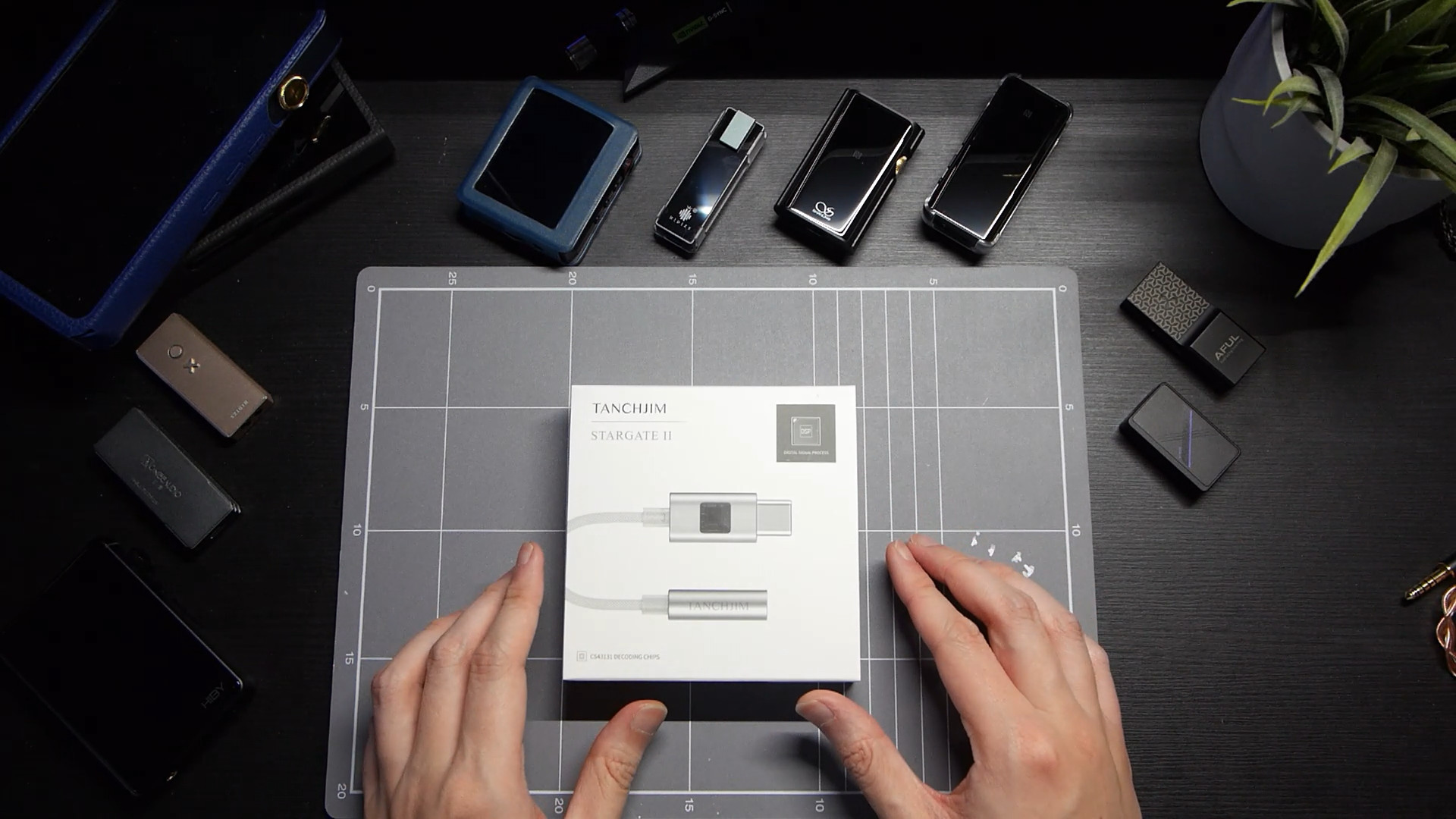
Preambles
- In this review, I use the term “source” to denote a DAC+amp combo for brevity and convenience.
- Sources do not make sounds. Therefore, when I say sources “sound” a certain way, I talk about the change they make to my IEMs and earphones.
- I want my music to be crisp, clear, well-separated and form a 3D soundstage around my head. Sources that intensify those characteristics of my IEMs are considered “better”.
- The unit used for this review was a sample provided by Hifigo (Thank you!). The unit is retailed for $37.99 and can be found on Hifigo Web Store (non-affiliated link).
General Information
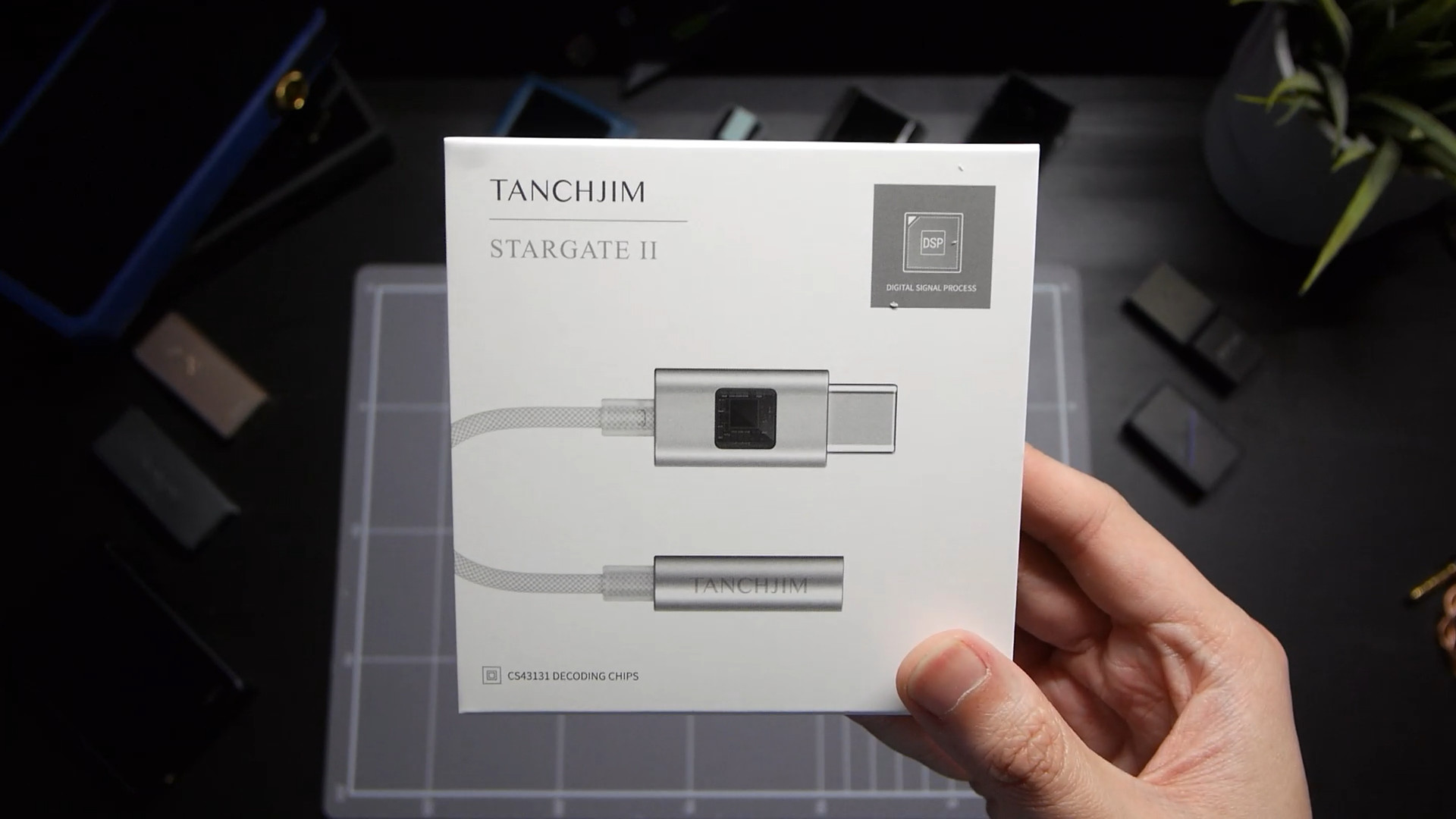

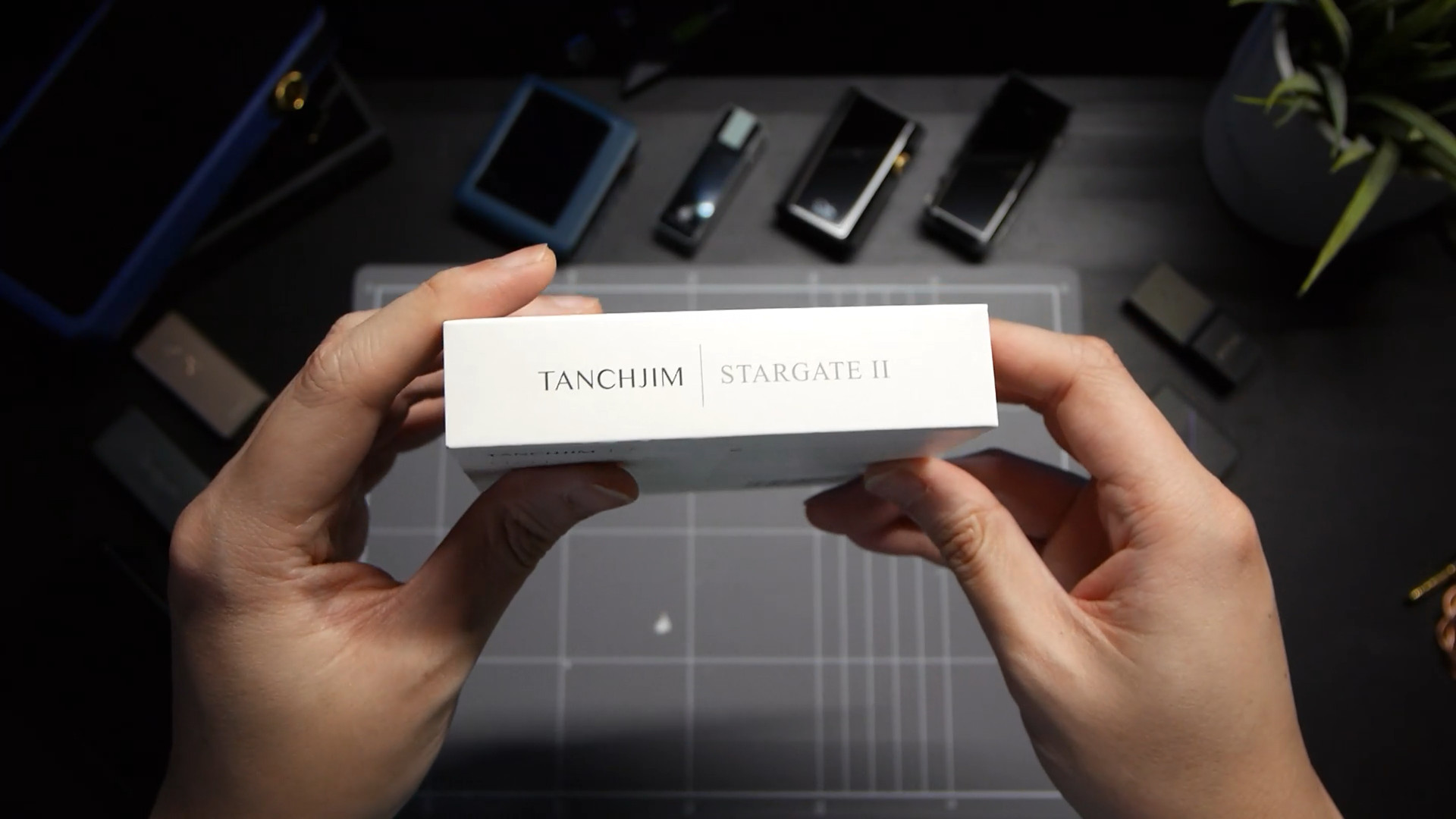
The Tanchjim Stargate II is a lightweight USB Type-C digital-to-analog converter (DAC) dongle that feels like a souped-up version of the humble Apple Dongle. Its electronics nestle inside an aluminium chassis that doubles as the USB-C male plug, while the 3.5mm female connector sits separately, linked by a braided, insulated copper wire. At the heart of the Stargate II lies a Cirrus Logic CS43131 DAC chip, paired with a proprietary Tanchjim control chip that unlocks an 8-band parametric equalizer (PEQ). To fiddle with this EQ, you’ll need a companion app on your phone—no surprises there.
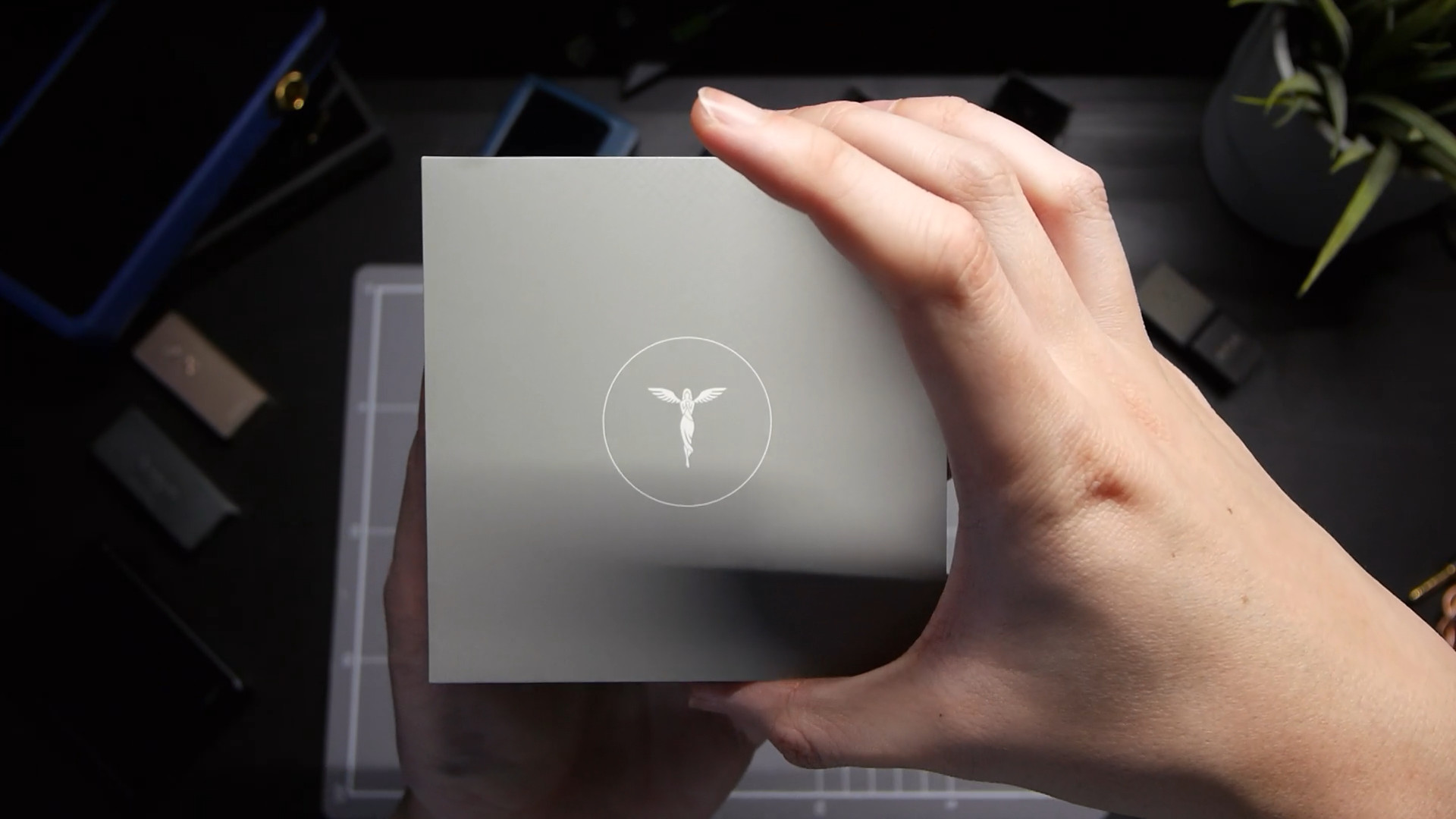
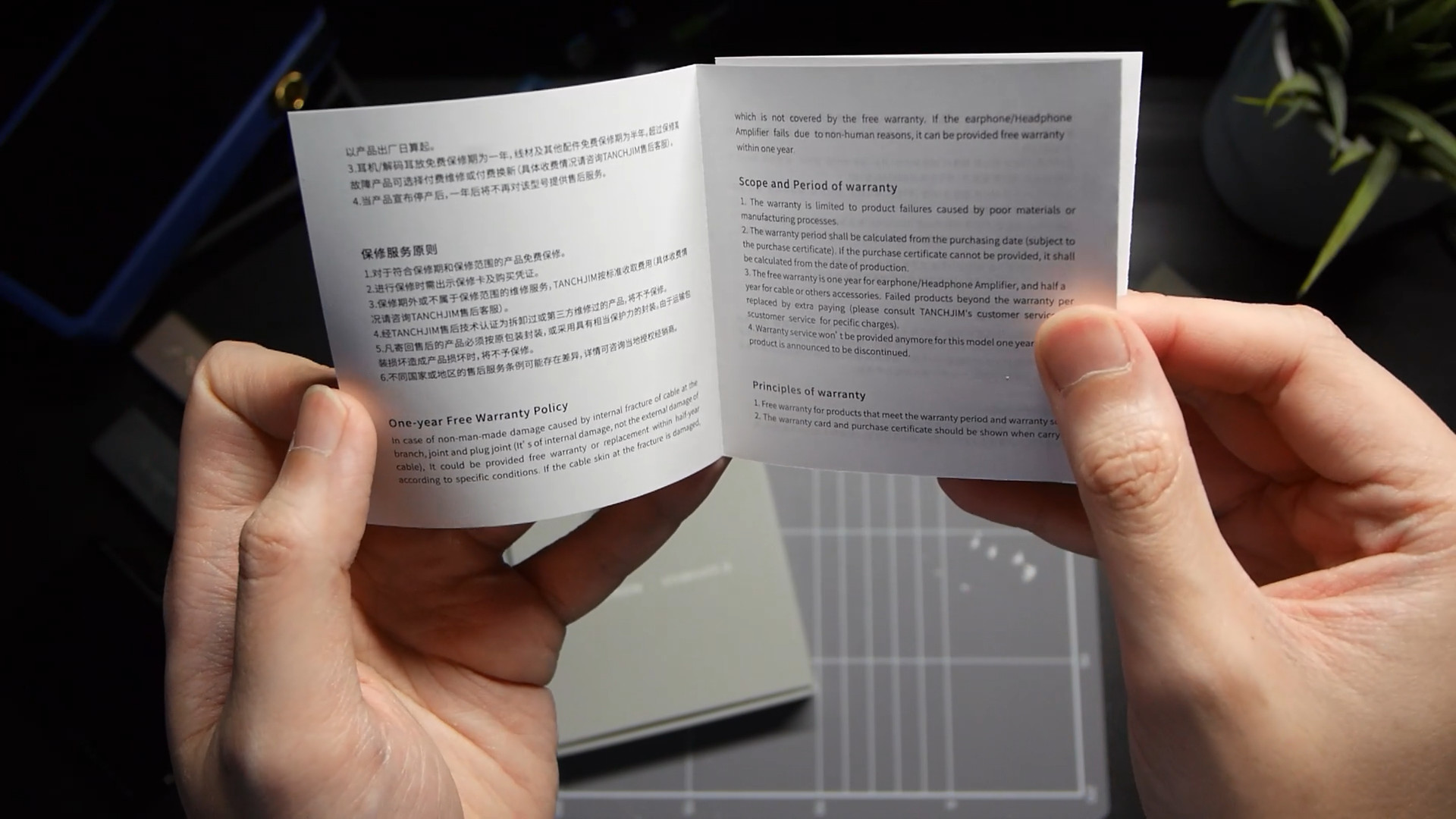

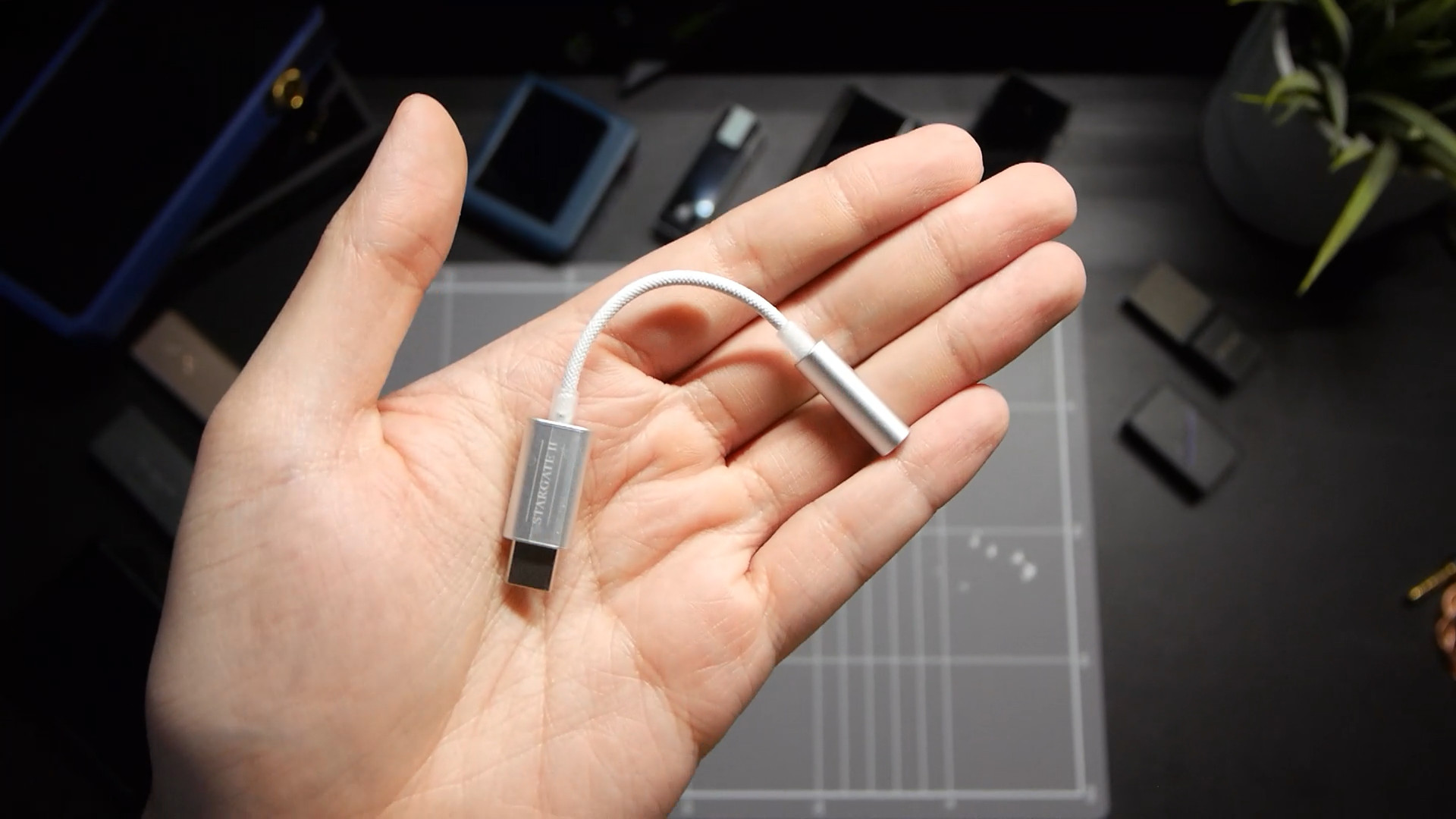
Specs-wise, it’s all rather stellar, as one would expected from a modern IC-based DAC: signal-to-noise ratio exceeding 127 dB, dynamic range around 127.5 dB, total harmonic distortion hovering near 0.0002%, crosstalk at −72 dB into a 32 Ω load, and a noise floor down at an almost laughably low 1.1 μV RMS. The power output is modest—82mW at 16Ω and 75mW at 32Ω—but still enough to blow your ears out with most IEMs. It handles PCM up to 32-bit/384kHz and native DSD decoding up to DSD256, ticking all the right boxes on paper.
Oh, and like the Apple Dongle it’s loosely inspired by, the Stargate II supports mic input, so gaming headsets are fair game. This also doubles as a quirky bonus: you can use it as a soundcard to measure the frequency response of other IEMs.
Usage experience
Using the Stargate II is a bit like brewing a cup of instant coffee. No need for fancy glassware or Barista-level skills—just straightforward, no-nonsense utility. It’s not the sort of high-maintenance audiophile bauble you treat like your favourite vintage scotch; instead, it’s the reliable, unpretentious companion you keep plugged in as you shuffle through emails with some background music warming the office air. Treating it like a utility rather than an objet d’art, I put it through the daily grind for over a month or so. Here’s how that went.
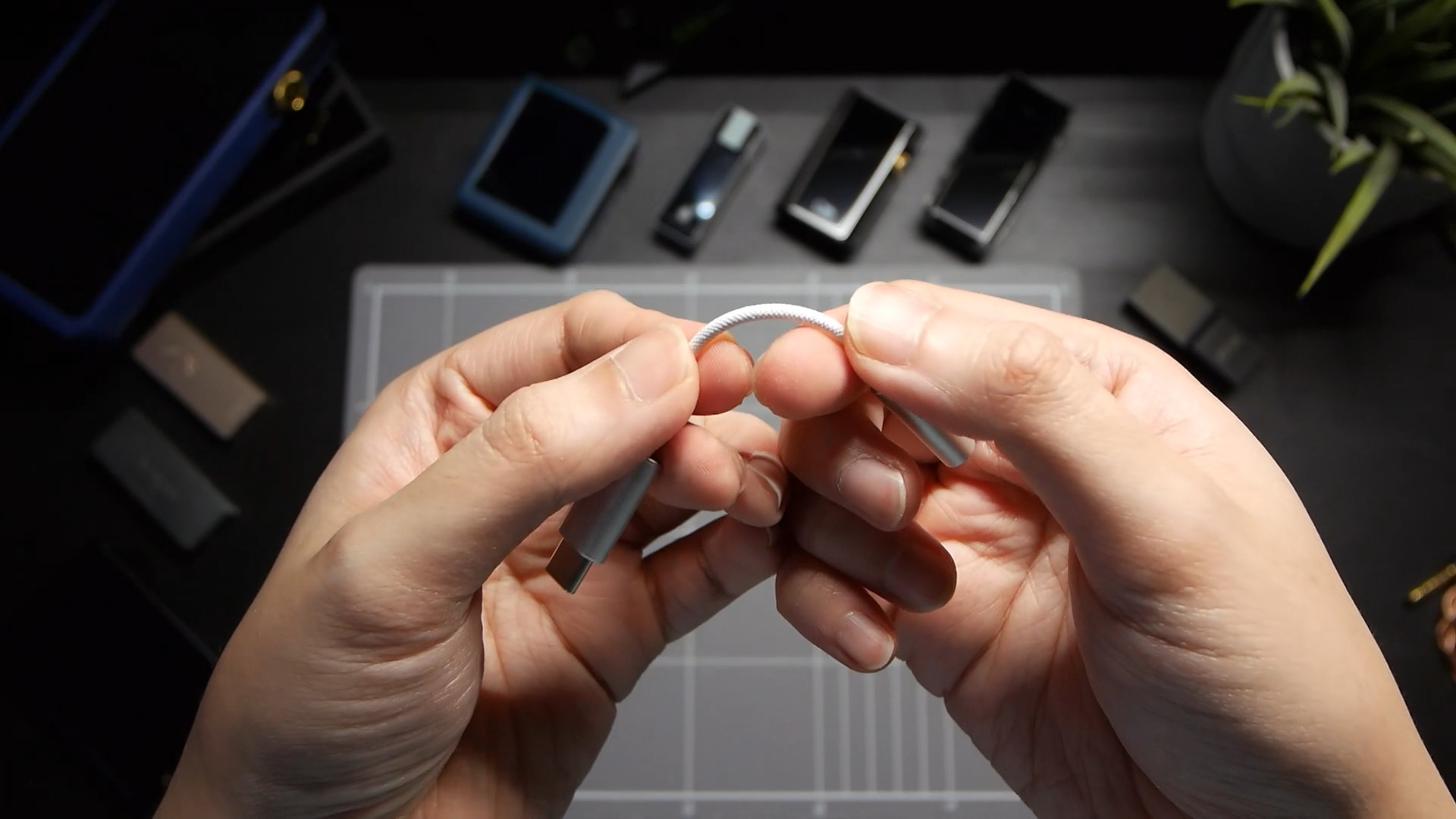
Let’s start with my usual gripe about these tiny dongles: the volume. Oh no, it’s rarely that they are not loud enough. Quite the opposite. Most are absurdly loud, often unusable with sensitive IEMs even at their lowest setting. Stargate II manages to sidestep this particular nuisance, at least partially. Hooked up to my laptop and using the HiBy Yacht10—a rather sensitive pair of IEMs—I had to keep the volume dialed down to the absolute minimum just to keep the music background-friendly. In truth, it was still never quite quiet enough for my tastes. The situation improves significantly when pairing the Stargate II with my Android phone (CMF Phone 1), where a comfortable listening level falls around the 50% mark, leaving ample wiggle room on both ends of the volume scale.
Now, about that 3.5mm connector in an era when 4.4mm balanced jacks are creeping into every audiophile’s nook (that sounds wrong somehow): yes, it’s a bit irritating. Every one of my IEM cables sports a 4.4mm plug, so using the Stargate II means dragging along an extra dongle just to connect the dongle. And if your source device only has USB-A, prepare for yet another dongle: a USB-A to USB-C adapter—also not included. It’s dongle-ception, really. The convenience factor, which should be the dongle’s strongest selling point, takes quite a hit. If you’re still mostly on 3.5mm cables, your mileage might be better.

On the topic of connectivity, compatibility was less rock-solid than I’d hoped. The Stargate II played nicely with my PCs on both Linux and MacOS, no fuss there. It also worked fine with my Android phone. However, the Nintendo Switch refused to acknowledge its existence, which is a shame. Especially since Tanchjim’s app actually offers EQ profiles tailored for Switch games, meaning they clearly expect the dongle to work with the console. Why my Switch wouldn’t detect it remains a mystery.


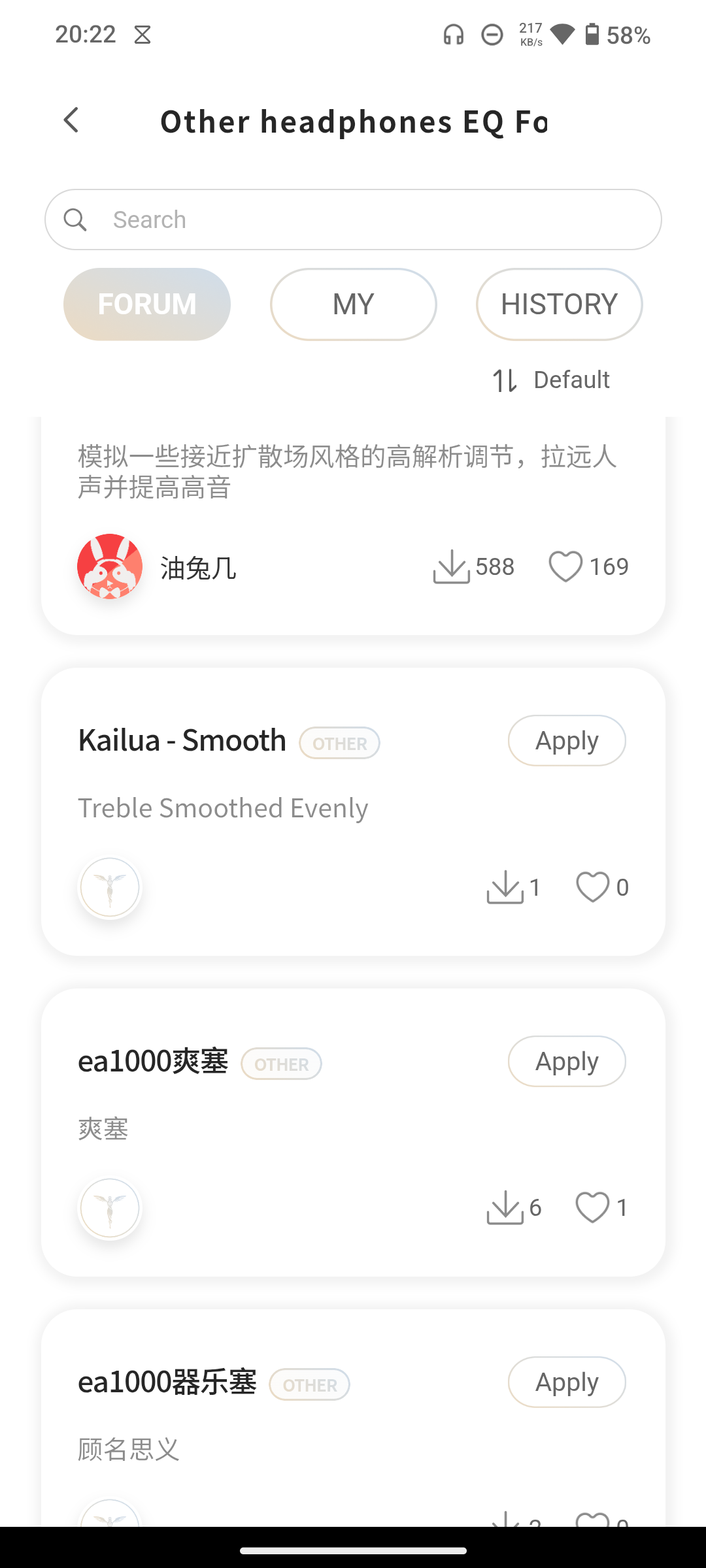
Speaking of the Tanchjim app, let’s do the classic positive-negative-positive sandwich. First, the positives: the app actually works. It detects the dongle immediately and without error—a rarity among audiophile apps. Now the negatives: it feels a bit shady. It’s not on the Play Store or even a side-loading app store; you have to download an APK directly from Tanchjim and trust them not to poison your phone with malware. Of course, I’m not saying they would distribute malware, but their server can be compromised by a third party, or one of their particular APK could be a lemon. That’s a risk many won’t fancy. Back to the positives: the app looks quite pleasing. Simple, clean, mostly borrowing from Tanchjim’s consistent product colour scheme. Then the negatives: a few GUI hiccups here and there—nothing disastrous but enough to dull the polish. On the upside, it comes packed with a truckload of EQ profiles, from generic factory presets to community-submitted ones tailored for specific IEMs. Plus, the built-in 8-band parametric EQ lets you customise to your heart’s content.


Unfortunately, the parametric EQ interface leaves a lot to be desired. I previously praised the HiBy R6 Pro Max for its intuitive, real-time visual feedback on filter adjustments that are responsive to sliders, making EQ adjustment fun. Here in the Tanchjim’s app, while you at least see the affected frequency ranges on a graph (which is already better than some other PEQ options out there), you have to enter values by hand—no sliders or dials—making the process clunky and tedious. I didn’t find myself compelled to tweak settings endlessly the way I do on the HiBy, which might be a blessing in disguise. Overall, I doubt I’ll be keeping the Tanchjim app on my phone for long, since the dongle sounds just fine without EQ.
On to the sound, then. I’ll base this on the Stargate II’s default EQ profile, the so-called “restore sound” preset. Two things stand out. First, this dongle shifts the perceived tonal balance of most IEMs in a way I haven’t regularly encountered with my other gear. Second, it’s surprisingly powerful —far more than the spec sheet might suggest.
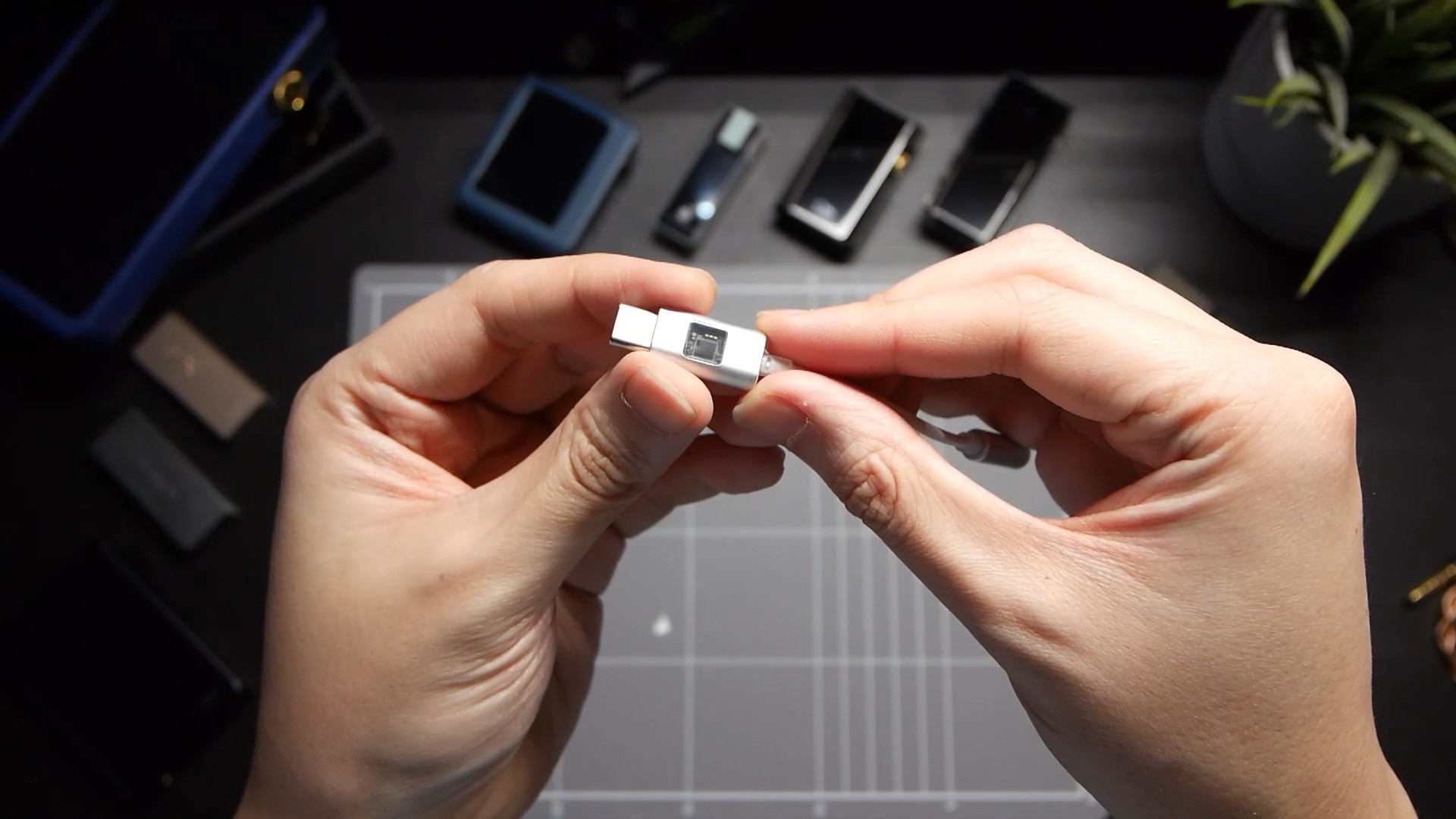
To test this, I picked “33 Max Verstappen” by Carte Blanq and Maxx Power—a bass-heavy, punchy track with deep rumble sections. This kind of bass tends to trip up weaker dongles—by which I don’t mean just the listed max power, but actual grunt and grip needed to wrestle difficult IEMs. For this challenge, I chose an extreme: the Final Audio E5000. It’s so insensitive it usually benefits from a full-sized desktop amplifier. I paired it once with the Stargate II, and again with my desktop HiBy FD5 running in Class A amplifier mode.
Unsurprisingly, the FD5 delivers a clearer rumble with firmer grip, and a more enveloping soundstage. But the Stargate II holds up impressively well. It sounds a touch thinner, and the rumble feels slightly blurrier, but the presentation remains punchy, and the soundstage doesn’t collapse into the usual tiny blob you get from weaker dongles pushing this beast. There’s none of the smearing I’m accustomed to hearing. That thinning seems to stem from the dongle’s tonal balance. Imagine an IEM tuned close to the Harman IEM target: emphasized upper midrange and deep bass, leaving the lower midrange somewhat distant and hollow. That’s the effect that Stargate II imposes on most of my library, but bass-heavy tracks expose it most.
The Stargate II shows its limits with high-impedance earbuds like the lovely TGXear Serratus. Whether it’s the tuning or the dongle’s inability to sustain the necessary voltage swing, “33 Max Verstappen” sounds tinny and harsh—especially compared directly to the FD5. Even without that comparison, the Stargate II just isn’t very pleasing here. Maybe some EQ could help, but if you’re considering powering something like the Sennheiser HD600 with a tiny dongle, it’s not yet your time.
At the other extreme, let’s test Tanchjim’s claim of a vanishing noise floor using the notoriously sensitive Campfire Audio Andromeda 2020. First off: don’t try this pairing with a desktop PC or laptop. The Stargate II is simply too loud for the Andromeda even at its lowest volume. The situation is better on my Android phone, though volume adjustment is tight. On the plus side, the noise floor claim is spot on—I couldn’t detect a whisper of noise, even when straining to find some. Nor did I hear amplifier pops switching on or off between tracks.
That said, the sound quality is somewhat “just okay.” The Andromeda comes across a bit flat, as it often does. Some amplifiers and DACs I’ve tried can coax a punchier dynamic from this otherwise dull star, but the Stargate II isn’t one of them.
Stepping away from these extremes, the Stargate II fares quite well with IEMs of average sensitivity and impedance—like the beastly 14-driver Cantor from AFUL, my daily driver for several months now. Avoid the extremes, and this tiny dongle delivers surprisingly good mileage.
Before we move on, let’s peek at some frequency response measurements. I used the same IEM—the AFUL Performer7—and the same measurement setup throughout. The first graph compares just the audio source: Apple dongle versus Stargate II. And what a difference swapping the dongle makes. The Stargate II’s frequency response explains that “thinning” effect I’ve mentioned hearing across most tracks. Specifically, there’s a slight dip in energy around the midbass and lower midrange, paired with a generous boost in the treble region. That treble lift also clarifies why the TGXear Serratus earbuds sounded harsh—the Serratus have abundant treble already, and the dongle’s boost only amplifies it.
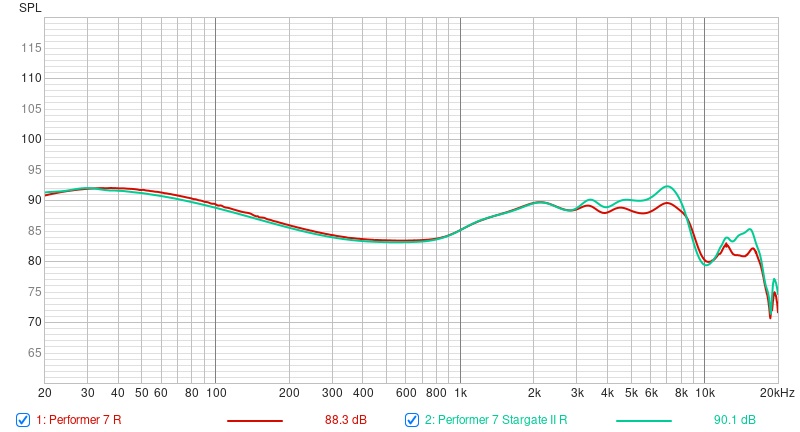
The second graph illustrates the impact of the built-in tonal presets. Here, the preset names don’t exactly nail their descriptions. Take the “vocal” preset: it delivers a sizable bass boost rather than a midrange lift. The “instrument” preset cranks up the treble and trims the bass, which, in my opinion, doesn’t do much to flatter instrumental music. Lastly, the “nature” and “popular” presets measure identically—both raise the upper midrange and slightly drop the bass. Of all these, I found the default “restore sound” and “vocal” presets the most usable.
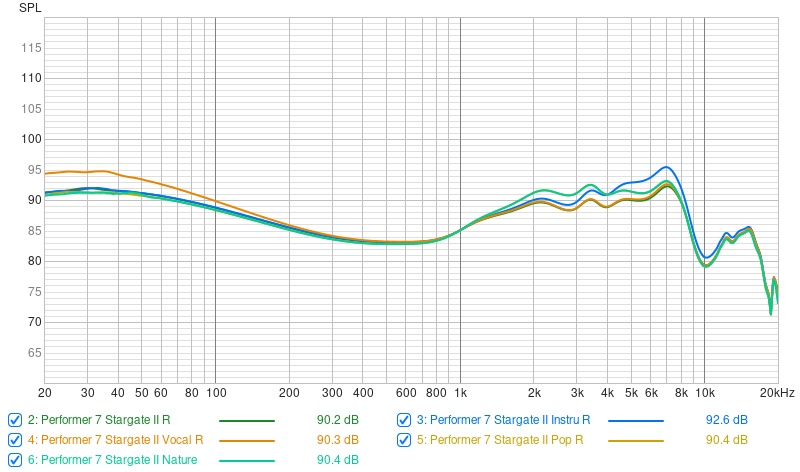
Comparisons:
-
Apple Dongle: Not even in the same league. The Apple Dongle sounds noticeably, significantly, and thoroughly worse than the Stargate II. Take “33 Max Verstappen” as an example: the Apple Dongle not only butchers the track into something tinny and weak, it also eviscerates my beloved AFUL Cantor. If I had auditioned the Cantor solely through the Apple Dongle, I’d never have added it to my collection—or even given it a second glance. Yes, that bad. To be fair, the Cantor pushes the Apple Dongle close to the limits of its volume range, but still, the difference is glaring. Stargate II is also more well-built and durable.
-
L&P W4 (High-end USB DAC): The W4 sounds simply fuller, while the Stargate II runs a bit thin and tinny. It’s not for lack of bass impact—the Stargate II holds its own reasonably well next to the W4 on that front. The problem is tonal: the Stargate II’s lower midrange feels weaker, pushing the upper midrange forward. This gives voices a thin, nasal quality and makes them stand out more than they should. Meanwhile, the W4 brings the muscular, lower-pitched parts of the mix more convincingly into focus. Slipping on the “audiophile” glasses, I’d say the difference is substantial enough to affect how much I enjoy the music, even in casual listening. That said, it’s rather impressive how close the Stargate II gets to the W4 at a glance: it delivers deep bass and a respectable soundstage—areas where bulkier amplifiers usually dominate.
-
HiBy FD5 (Desktop-class DAC and amplifier): I’ve covered the difference between the FD5 and Stargate II extensively above, so here’s a quick recap: the FD5 has better bass control, making deep rumble more textured and mixes thicker overall. Its soundstage is also more enveloping. Tonally, the FD5 tends to thicken and warm the music, especially in Class A mode, while the Stargate II sounds thinner and brighter. The gap widens noticeably with more demanding IEMs and earbuds—the FD5 pulls ahead as the difficulty level rises.
Concluding Remarks
Despite my jabs at the plain old Apple Dongle, let’s be clear: I don’t hate the thing. We all start our audiophile journeys somewhere, and for most of us, that somewhere is the humble Apple Dongle. As you move up the dongle ladder, you get better sound quality, more power to drive tricky IEMs, and support for hi-res files without downsampling. But you also lose quite a lot: energy efficiency, portability, simplicity.
That’s why a product like the Stargate II caught my attention. It improves on a much-needed yet often overlooked form factor. And Tanchjim has done a fine job here. They’ve retained the portability while reinforcing the build with metal construction and a stronger connection cable. Energy consumption remains low, yet the dongle is surprisingly powerful—able to push even demanding, low-impedance IEMs. On top of that, it delivers a respectable bass response and soundstage, both of which tiny dongles often miss.
I have two gripes: I wish the minimum volume went quieter, and I’d prefer a more neutral tonal balance. But to their credit, the built-in parametric EQ can address those tonal quirks. All told, the Stargate II is a solid effort at improving on the venerable Apple Dongle. If a simple, portable DAC dongle is what you’re after, you might have just found your solution. Recommended.

